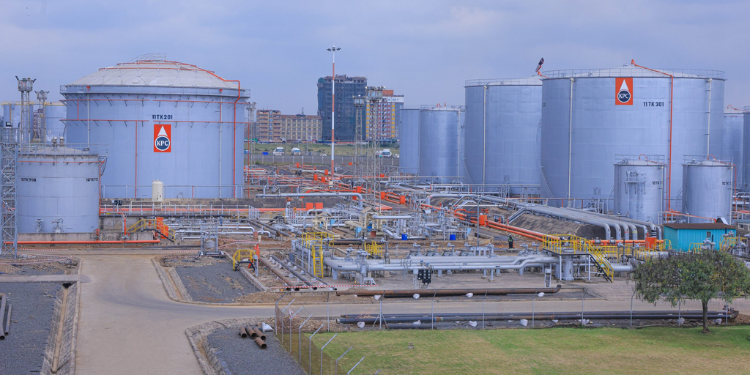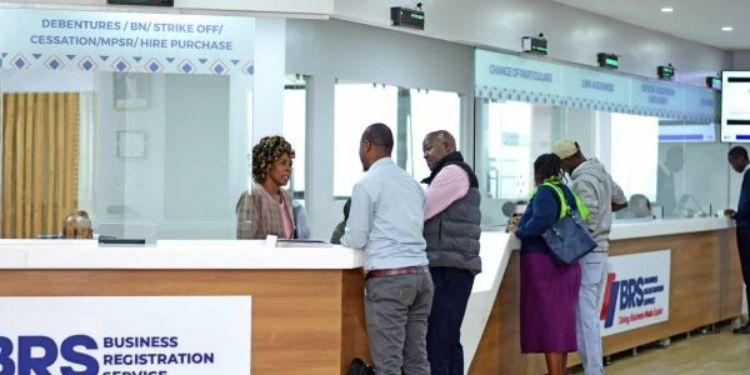Liquidation occurs when a company can no longer meet its financial obligations and must sell its assets to pay creditors.
It can be voluntarily initiated by directors or shareholders, or it can be compulsory, ordered by a court following a creditor’s petition.
Once liquidation begins, the appointed liquidator takes control of the company’s affairs, settles debts, and distributes remaining assets to shareholders if available.
Requirements for Filing
Before filing, the following documents are required:
- A board resolution authorizing liquidation.
- A statement of affairs detailing the company’s assets, liabilities, and creditors.
- The company registration certificate and PIN certificate.
- Identification documents for directors and shareholders.
- A liquidator’s consent and appointment letter.
All documents must be prepared in PDF format for online submission.
Step-by-Step Process on eCitizen
Step 1: Board Resolution and Approval
The company’s board of directors must hold a formal meeting and pass a special resolution to wind up the company.
The resolution should specify whether the liquidation will be voluntary (initiated by shareholders or directors) or compulsory (court-ordered due to insolvency).
Step 2: Appointment of a Liquidator
Once the resolution is passed, the company must appoint a licensed insolvency practitioner (liquidator) approved by the Official Receiver.
The liquidator will take control of the company’s affairs, realize assets, and settle debts in accordance with the Insolvency Act.
Step 3: Notification to the Registrar of Companies
The liquidator or company secretary must file the resolution and the liquidator’s appointment with the Registrar of Companies through the BRS eCitizen portal (www.ecitizen.go.ke).
Documents to upload include:
- The board resolution to liquidate
- The liquidator’s consent and credentials
- The company’s statement of affairs
- Updated CR12 and certificate of incorporation
Step 4: Settlement of Liabilities and Asset Disposal
The liquidator sells the company’s assets and uses the proceeds to pay creditors, taxes, and employee dues.
Also Read: Guide to Adding or Removing Company Directors on eCitizen
Under the Insolvency Act, secured creditors are paid first, followed by preferential creditors, employees, and finally shareholders, if funds remain.
Step 5: Clearance from the Kenya Revenue Authority (KRA)
Before dissolution, the company must obtain tax clearance from the KRA confirming that all tax obligations (PAYE, VAT, and corporate tax) have been settled.
This clearance is submitted through iTax and attached to the BRS portal application.
Step 6: Final Report and Distribution
The liquidator files a final liquidation report with the Official Receiver and the Registrar, detailing how the company’s assets and liabilities were handled.
A final meeting of shareholders may be held to approve the report.
Step 7: Dissolution of the Company
After reviewing the liquidator’s report, the Registrar of Companies issues a Notice of Dissolution.
Also Read: How to Legally File a Change of Company Address Online
This notice is published in the Kenya Gazette, and the company’s name is officially struck off the register, marking the end of its legal existence.
Post-Filing Obligations
Once liquidation begins, the liquidator must prepare progress reports and submit them to the Registrar of Companies.
Directors are no longer authorized to act on behalf of the company, and all legal proceedings involving the firm are halted unless authorized by the court.
For full details, forms, and applicable fees, visit the official Business Registration Service portal or access company insolvency guidelines on the Office of the Official Receiver page under the Attorney-General’s Department.
Follow our WhatsApp Channel and X Account for real-time news updates.














































































